chapter6Pragmatic思维导图

树图思维导图提供 chapter6Pragmatic 在线思维导图免费制作,点击“编辑”按钮,可对 chapter6Pragmatic 进行在线思维导图编辑,本思维导图属于思维导图模板主题,文件编号是:6d7864ce2436c3dc27833efe936dd3d9
思维导图大纲
chapter6Pragmatic思维导图模板大纲
contents(some basic notions)
speech act theory
principle of converstion
cross-cultural pragmatic failure
definition
is the study of how speakers of a language use sentences to effect successful communication
is regarded as a kind of meaning study
reflects the relationship between the language and context
Pragmatics vs. Semantics
Semantics
literal meaning of a sentence (without taking context into consideration)
--Sentence level --Literal meaning --In isolation --Stable product
Pragmatics
the intended meaning of a speaker (taking context into consideration)
--Chunks of conversation --Implied meaning --In connection with context --Dynamic process
Pragmatics =semantics + context
Context
definition
a basic concept in the study of pragmatics
It is generally considered as constituted by the knowledge shared by the speaker and the hearer
Context determines the speaker's use of language and also the hearer's interpretation of what is said to him.
Sentence meaning vs. Utterance meaning
definition
Sentence
is a grammatical and self-contained unit in isolation from context
Utterance
is something a speaker utters in a certain situation with a certain purpose
Sentence meaning
Abstract and decontextualized
Literal meaning of a sentence
What does X mean?
Utterance meaning
Concrete and context-dependent meaning
Intended meaning of a speaker
What did you mean by X?
notes
The meaning of an utterance is based on the sentence meaning
Utterance meaning is richer than sentence meaning
Speech Act Theory
Basic Knowledge and Development
presenter
British philosopher John Austin in his book "How to Do Things with Words"
aim
aims at answering the question "What do we do when using language?" -- performing acts via utterances
refers to the theory that analyzes the role of utterances in relation to the behavior of the speaker or the hearer ininternersonal communication
Two Types of Utterance
Constatives
statements that either state or describe, and are thus verifiable
Austin's New Model of Speech Acts
definition
the model is to explain the way acts were performed by means of language
three acts
locutionary act
an act of saying something, i.e. an act of making a meaningful utterance (literal meaning of an utterance)
illocutionary act
an act performed in saying something: in saying X, l was doing Y (the intention of the speaker while speaking)
perlocutionary act
an act performed by or as a result of saying something: by saying X and doing Y, I did Z. "说话” 带来 的结果it does not necessarily happen.
Searle's Classification of Speech Acts
Assertives/representatives
the illocutionary point of the speech is to commit the speaker to something's being the case, to the truth of what has been said
言外之的
performative verbs: assert, state, think, believe
Directives
the illocutionary point of directives is to try to get the hearer to do something
performative verbs: request, ask, advise, order, invite, warn etc.
Commissives
the illocutionary point of commissives is to commit the speaker to some future course of action
performative verbs: promise, undertake, vow etc.
Expressives
the illocutionary point of expressives is to express the psychological state specified in the utterance
performative verbs: thank, regret, congratulate etc
Declarations
the illocutionary point of declarations is to bring the correspondence between what is said and reality.
performative verbs: name, declare, appoint etc
Indirect speech acts
Indirect language
when someone is not saying in an explicit and straightforward manner what he means to say, rather he is trying to put across his message in an implicit, roundabout way, we can say he is using indirect language
Indirect speech act
definition
The kind of speech acts, or illocutionary acts, "in which one illocutionary act is performed indirectly by way of performing another is called indirect acts.
The classification of indirect speech act
Primary speech act
the speaker's goals of communication (utterance meaning)
Secondary speech act
the means by which he achieves his goal (sentence/ literal meaning)
Principle of Conversation
Implicature 含义
Cooperative Principle 合作原则
Conversational implicature会话含义

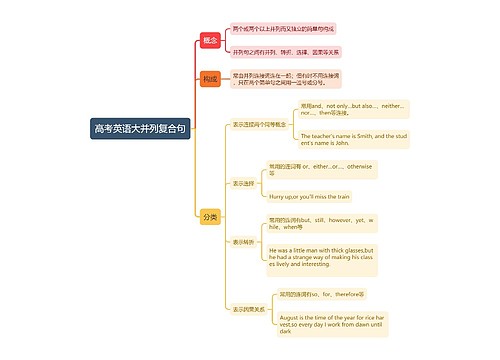


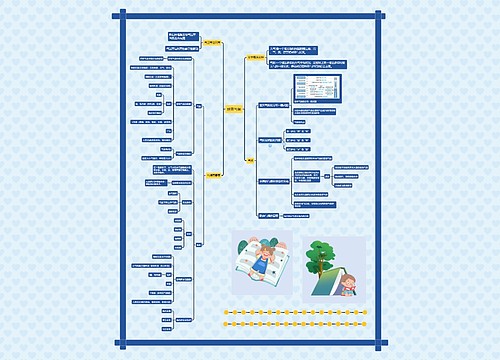
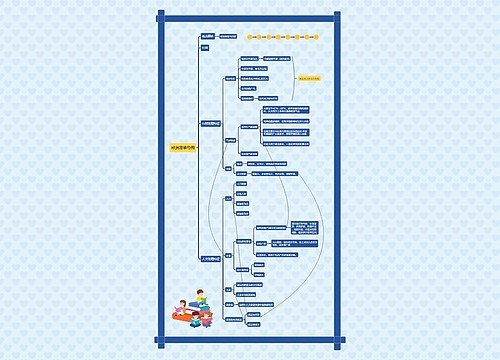
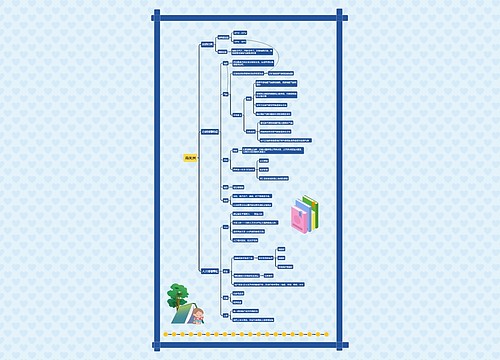

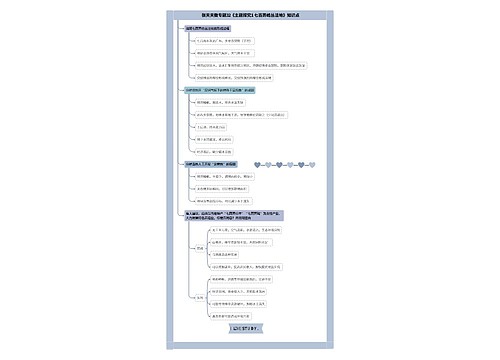
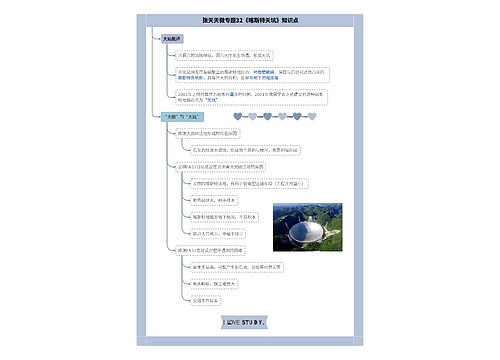
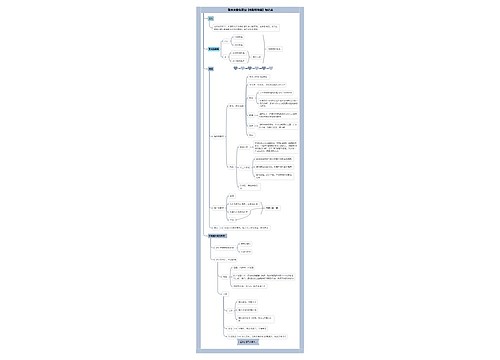
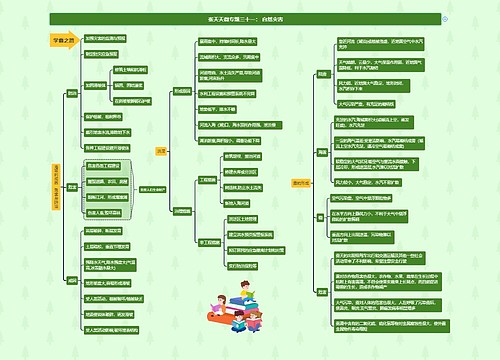
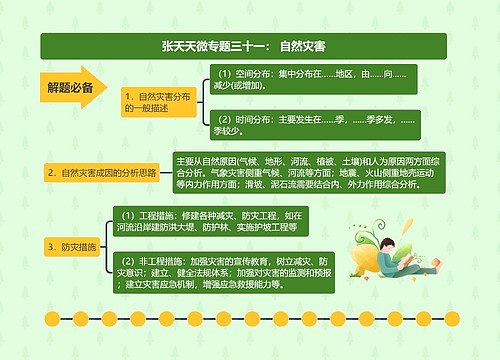
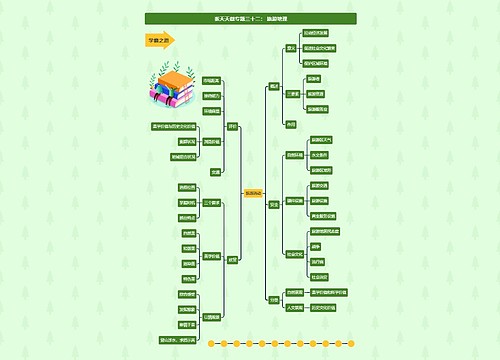
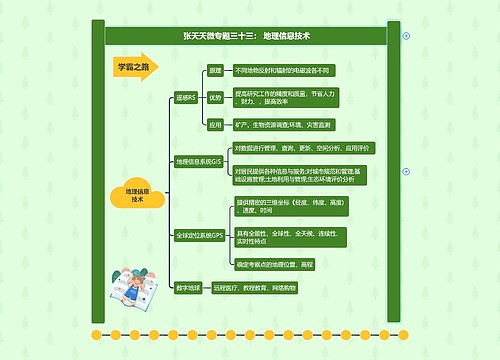
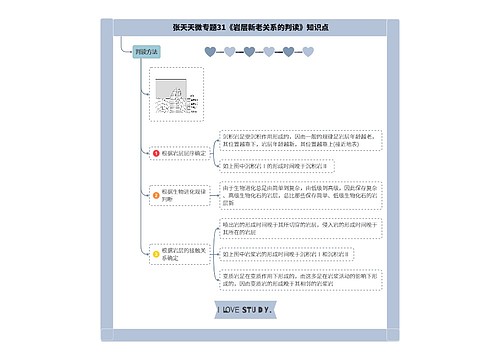
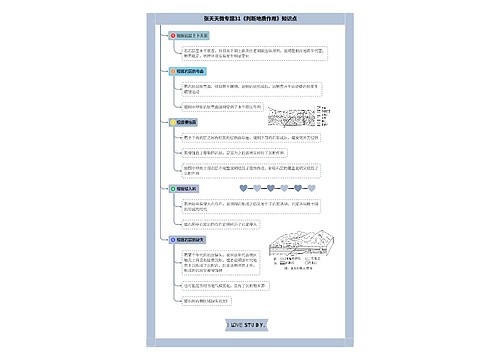


 上海工商
上海工商